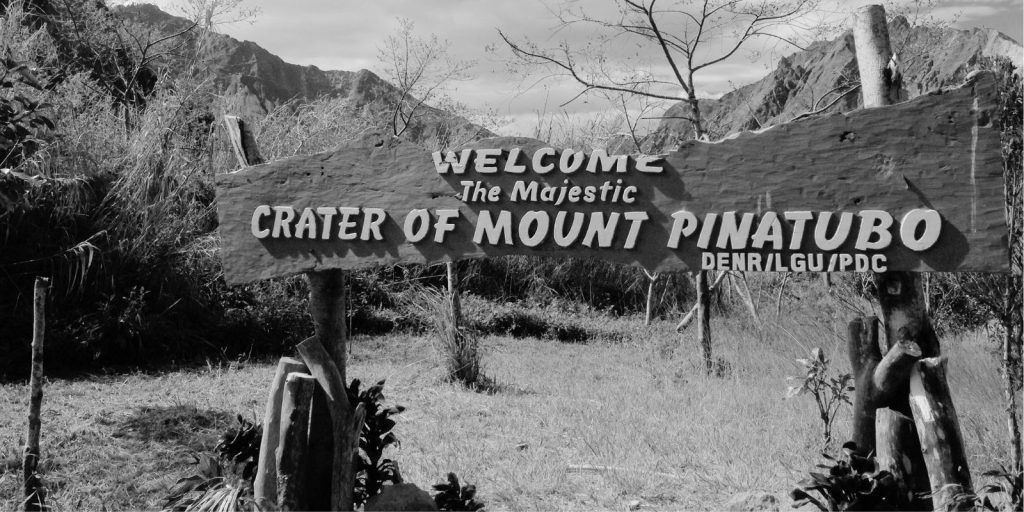
What Happened On June 15th?
On June 15th of 1991, Mount Pinatubo in the Philippines erupted with unparalleled ferocity. This catastrophic explosion is now recognized as one of the most violent volcanic eruption of the 20th century, impacting not only the local populace but also the global climate.
Rumblings Beneath The Surface
Mount Pinatubo, located on the island of Luzon, had been a relatively quiet volcano, its last eruption occurring over 600 years earlier. However, in early 1991, a series of earthquakes and gas emissions hinted at a brewing disaster. By April, these signs intensified, prompting geologists to closely monitor the volcano.
Among the most startling discoveries was the rapid rise in sulfur dioxide emissions, which surged from 500 tons per day in early May to over 5,000 tons per day by the end of the month. This tenfold increase indicated that magma was moving toward the surface, a clear sign of an impending eruption.
The Fiery Climax
On June 12th, coinciding with the Philippine Independence Day, Mount Pinatubo began its explosive phase. The volcano discharged a plume of ash that soared 19 kilometers into the stratosphere. Yet, this merely preluded the main event.
Three days later, on June 15th, the eruption reached its peak. A massive explosion ejected an estimated 10 cubic kilometers of volcanic material into the atmosphere. The ash cloud, now 35 kilometers high, spread across Southeast Asia. Darkness fell over the island of Luzon, and the subsequent pyroclastic flows devastated a 16-kilometer radius around the volcano.

One of the lesser-known facts involved the simultaneous impact of Typhoon Yunya, which struck the Philippines on the same day. The typhoon’s heavy rains combined with the volcanic ash to create massive lahars—deadly mudflows—that buried villages and destroyed infrastructure. This deadly combination worsened the disaster, resulting in the loss of over 800 lives and displacing more than 200,000 people.
Ash & Ice
The eruption of Mount Pinatubo had far-reaching consequences beyond the immediate devastation. The enormous volume of sulfur dioxide and ash particles injected into the stratosphere formed a global sulfuric acid haze. This haze circled the Earth, reflecting sunlight and leading to a large drop in global temperatures.
In the following years, the Earth’s average temperature decreased by approximately 0.5 degrees Celsius. This phenomenon, known as “volcanic winter,” provided a rare and impactful case study on the potential effects of volcanic activity on global climate patterns. The cooling effect persisted for nearly three years, influencing weather patterns and agricultural yields worldwide.
The sulfuric acid aerosols provided surfaces for chemical reactions that led to ozone depletion. This unintended environmental repercussion showcased the interconnectedness of atmospheric phenomena and the delicate balance of our planet’s ecosystems.
Lives Disrupted by Lava & Ash
For the local population, the eruption was a catastrophe of epic proportions. The Aeta people, indigenous inhabitants of the region, were among the most severely affected. Having lived on the slopes of Mount Pinatubo for centuries, their lives were irrevocably altered. The fertile land they once farmed was rendered barren, forcing them to relocate and adapt to new environments.
Despite the eruption’s violence, the advanced warning and evacuation efforts spearheaded by the Philippine Institute of Volcanology and Seismology (PHIVOLCS) and the United States Geological Survey (USGS) saved thousands of lives. By carefully monitoring the volcano and communicating the imminent danger, these organizations were able to evacuate more than 60,000 people from high-risk areas.
The U.S. military also worked to support evacuation efforts, particularly around Clark Air Base, located just 14 kilometers from the volcano. The base, home to over 18,000 personnel and their families, was completely evacuated. The subsequent ash fall and pyroclastic flows rendered the base inoperable.

Lessons From The Lava
One of the most enduring lessons from the Pinatubo eruption was the necessity of integrating scientific research with community engagement. The successful evacuation largely resulted from the trust and cooperation between scientists and local residents. This partnership proved that effective communication and education could save lives even in the face of seemingly insurmountable natural disasters.
Moreover, the eruption spurred innovations in volcanic monitoring technology. Remote sensing tools, satellite imagery, and ground-based instruments became more sophisticated, allowing for real-time data collection and analysis. These advancements have since been employed in monitoring other active volcanoes around the world, enhancing our ability to predict and mitigate the impacts of future eruptions.
And Now?
Mount Pinatubo’s eruption transformed the field of volcanology. The eruption’s effects on global climate provided valuable insights into how volcanic activity can alter atmospheric conditions, affecting weather patterns and ecosystems across the globe.
In the years since, Mount Pinatubo settled into a period of dormancy, its once-violent crater now filled with a tranquil lake. However, the memory of its eruption shows us what natural disasters can do to our world, both in terms of immediate devastation and long-term environmental changes.

